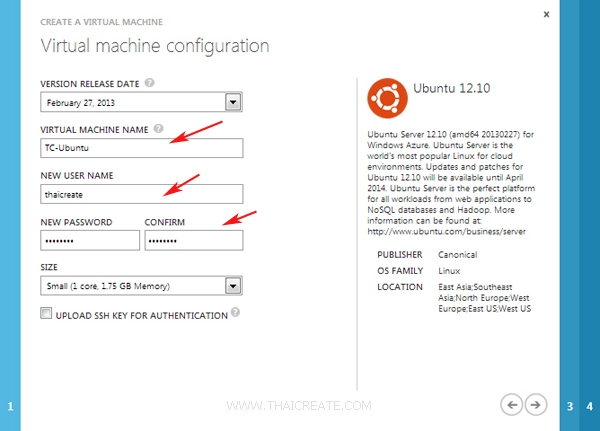

You would still need to set up the VM which can be done, I believe, with VBoxManage ( VBoxManage -help for options there). VirtualBox (what you'll have been reading about in the desktop threads) has a few command line tools that allow you to run any virtual machine in a headless state.Īn example would be: VBoxHeadless -startvm vm_name P.S : you souldn't be afraid of command line. More information in ubuntu official server Documentation -> here Use your regular CD/DVD installer or iso image to install the operating system on the VM. # of processors, memory, etc.) needed to be configured for your VM. You will then be prompted step-by-step on the variables (e.g. Just right-click on the server and select “New”. Virtual Machine Manager provides a GUI to easily create an image. NOW YOU ARE READY TO CREATE VIRTUAL MACHINE ON THE SERVER

The kernel component of KVM is included in mainline Linux, as of 2.6.20. Each virtual machine has private virtualized hardware: a network card, disk, graphics adapter, etc. Using KVM, one can run multiple virtual machines running unmodified Linux or Windows images.

KVM (for Kernel-based Virtual Machine) is a full virtualization solution for Linux on x86 hardware containing virtualization extensions (Intel VT or AMD-V).


 0 kommentar(er)
0 kommentar(er)
